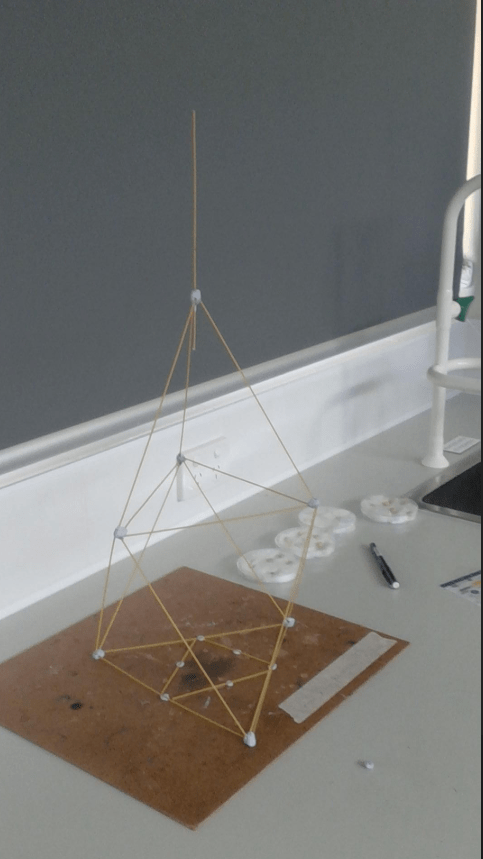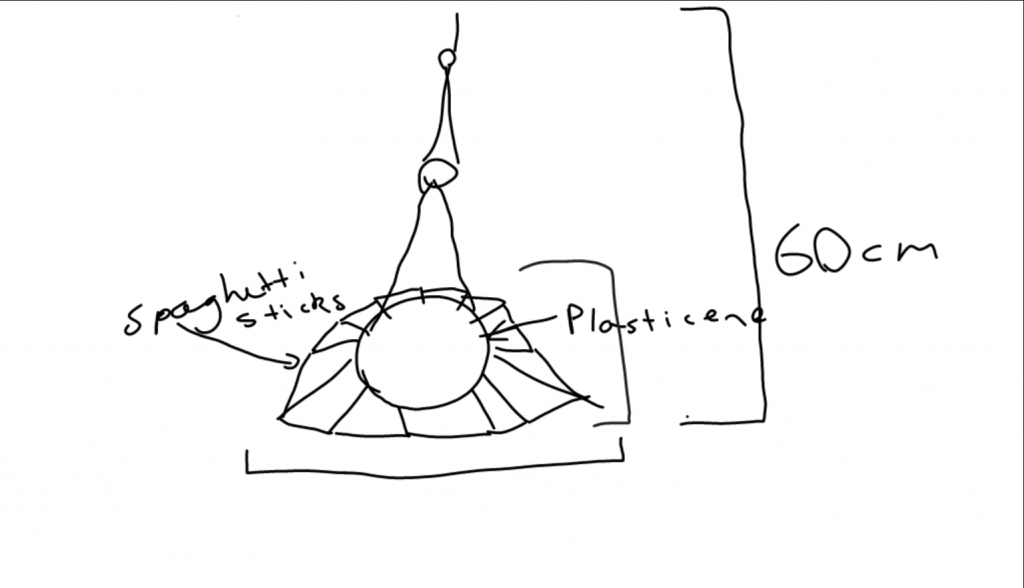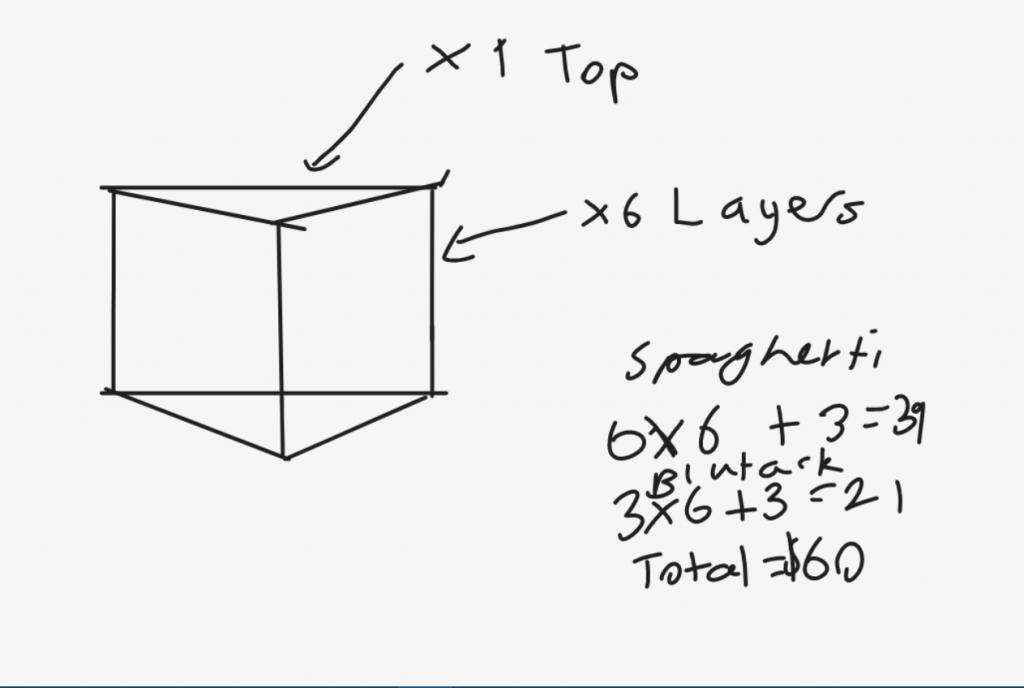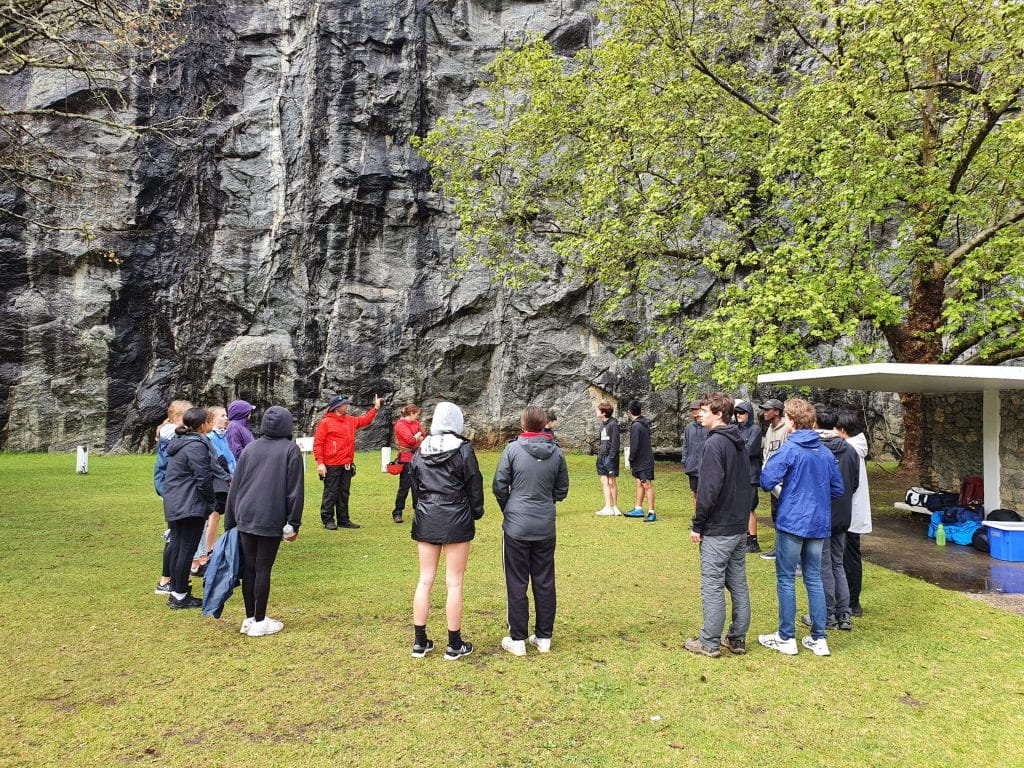
Team Members: Joshua Conigliaro, Patrick Jones, Lehan Hendeniya
Across the world people are faced with the problem of earthquakes and the mass amount of deaths, and destruction of infrastructure that they bring upon countries. Engineers are constantly trying to find ways to resolve this problem and make it more safe for individuals that live closer to tectonic boundaries where earthquakes have a higher chance of striking (such as that of Japan). As a part of the engineering challenge we are positioned to be these “engineers”.
We were tasked with creating a structure that would withstand a simulated earthquake, using only pasta and blu-tac to build our prototypes. Given a total of $60 to spend on our materials for our structure, being, $1 for 10cm’s of pasta and $1 for 1 gram of blu-tac. We hoped to have built a structure that meets the given limitations of our challenge but also is able to make the structure able to resist the earthquake simulation and stop it from falling over. The chances of succeeding and creating an earthquake proof structure are substantially high so long that we have a stable design and have created multiple prototypes that have been tested in order to know what aspects can be improved of the structure.
We had shuffled through multiple sketches and designs to find something that would be relatively stable enough to survive the earthquake simulation. As can be shown below are the many designs that we were considering building for the challenge, varying in complexity and appearances.





Through the five images inserted one would think that we would have succeeded in all the earthquake simulations. Which can be said for our initial testing of our first prototype, but when it came to our second prototype that was supposed to have had refined aspects, (width of base to be continued from top to bottom rather than a spire used to reach the maximum height and to have used less material) the structure had unfortunately failed the simulation, as what was supposed to have been “improvements” actually made the structure less stable when attempting to increase the height of the structure and make it more visually appealing.
To the left is a video of how our first testing went compared to that of our second testing of our prototype which was unfortunately not recorded.
Changes that could have been made during the engineering process of the second prototype could have been to spend more time contemplating the actual design of the structure and having made it more simple, as I felt that we, as a group rushed into constructing the structure than potentially being able to find a more suitable design that stood a better chance of surviving the simulation. As giving up the chance of a more stable structure for something that appears to be more complex and aesthetically pleasing was clearly not the right choice. Although given the fact that the majority of the groups had failed the testing is reason in itself that the second simulation had been scaled up a factor in terms of its difficulty to succeed with the given structure that we had designed.
Each team member I felt had contributed significantly throughout the whole of the engineering challenge. Joshua having done extremely well in the design, engineering and research process, and I’d say one of the most valuable members of our team, Patrick having done particularly well in the design and research process, and Lehan putting in his effort in the building and researching process. I myself had attempted to help during the construction process of our first and second prototype, adding research for our designs, and helping the team by giving advice on some of the answers in stile.

